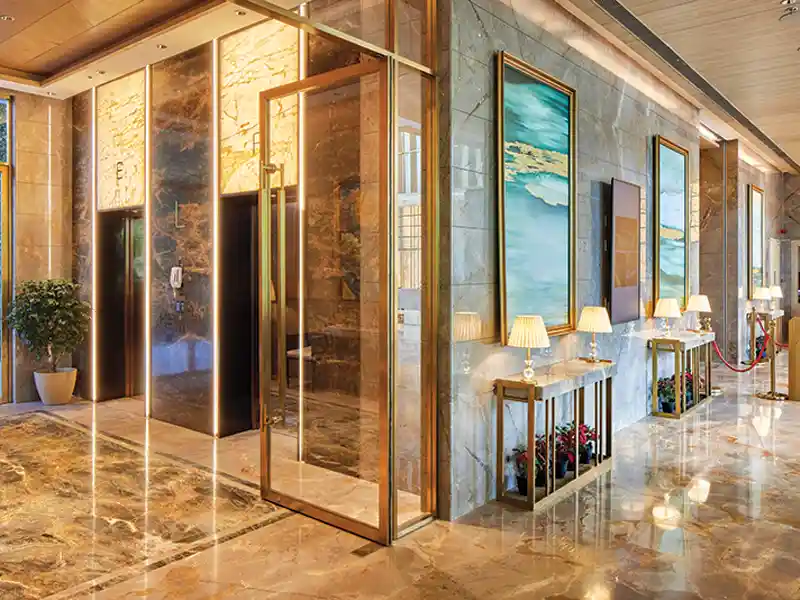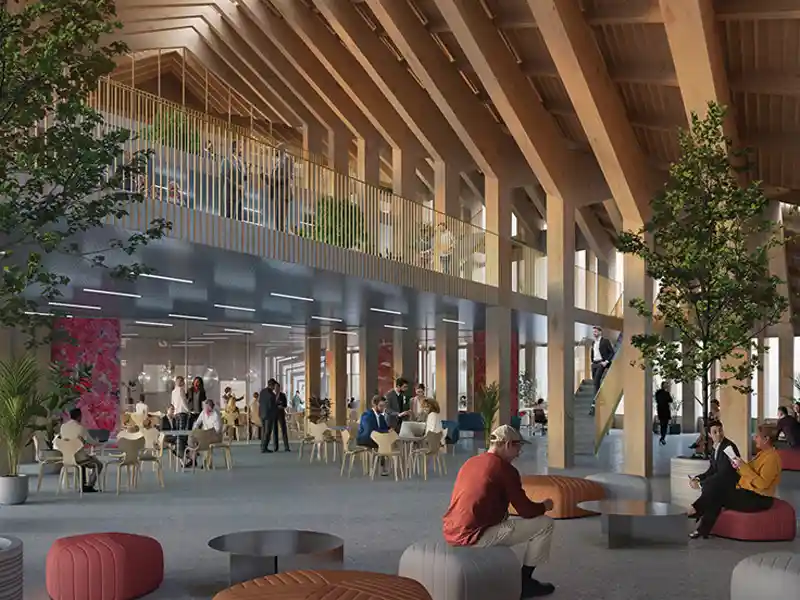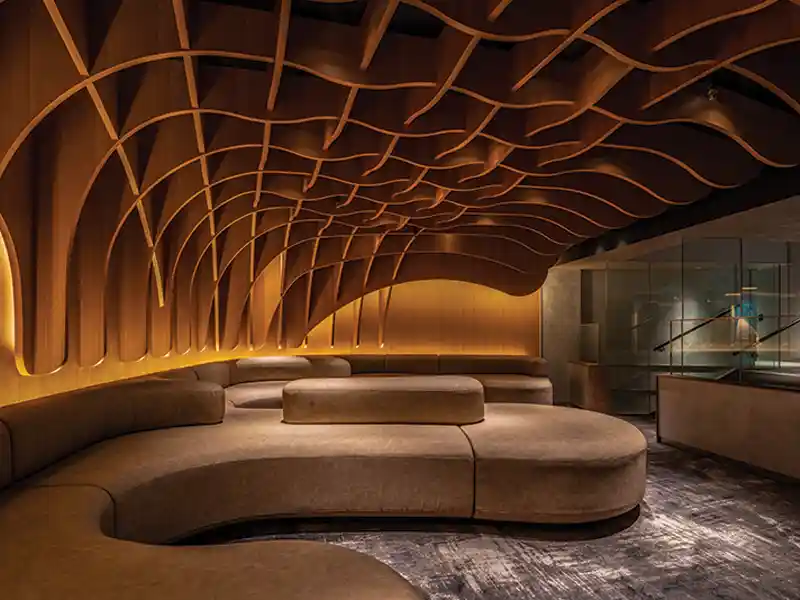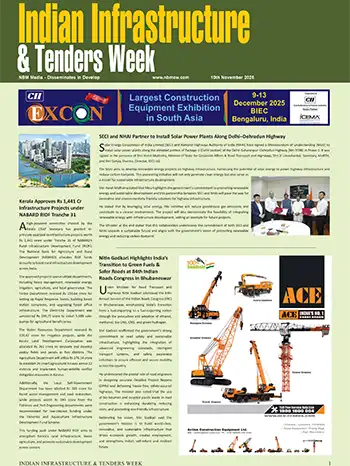Ar. Aparna Kaushik
A substantial portion of modern Indian architecture can be observed in the country’s rapid surge in corporate campuses, shopping centers, and skyscrapers. A lot of them exhibit the expanding trend of green and sustainable architecture. Modern architects have introduced a multi-disciplined approach to architecture that considers factors such as the environment, energy efficiency, engineering, programming, usage of 3D for improved visualization, alternative technologies, and low-cost architecture.
After the domination of Western influences, questions of cultural preservation are fundamental in post-Independence India; hence, the importance of context, sustainability, nature, and creating an architecture that is true to our culture and cultivates an Indian identity has gained a lot of credence in recent years.
Many structural techniques and lightweight building materials have emerged in recent years. Newer developments especially are taking into account sustainable structures and sustainable products. In addition to terracotta and some conventional stones, combinations of glass, aluminum, steel, copper, zinc, and composite materials are being explored, while traditional textiles are regaining popularity since they have the most negligible carbon impact and can better withstand air, light, rain, and humidity.
The increasing construction of skyscrapers in Indian cities is evidence of the upward trajectory of façade design and construction. All these factors are driving material suppliers continue to provide architectural solutions with ever-improving performance features. Going vertical with large buildings with glass walls, whether commercial or residential, is a new trend in India. Due to its industrial output, aluminum curtain walls are lightweight for the structure, simple to install, safe for workers inside the building, and more aesthetically pleasing. Therefore, we need to pinpoint important factors like glass with excellent performance, more light and lower heat emission as essential factors in this trend.
Energy conservation is an all-important topic throughout the world. It is possible to maximize performance benefits and prevent unplanned expenditures throughout the lifecycle of facades and windows by designing and integrating high-performance facades with reliable wind resistance and water-tightness certification. The use of thin aluminum windows and façade systems that are entirely incorporated into the building’s construction is another novel breakthrough, aesthetically speaking. This increases the field of vision while maintaining key performance metrics like wind resistance and sound insulation.
The concept of sustainability and ‘going green’ have become commonplace. As a result, some architects and developers are turning to recycled materials such as cardboard, plastic bottles and scrap metal to reduce their carbon footprint. The materials can be used on the exterior and interior of buildings for insulation and carpet. Not only does the material produce less carbon, but in many cases, it can also be melted down and reused when the need arises.
The successful integration of innovations in design elements demonstrates how well technology has been adapted. Technological integration in the design is being done to produce clutter-free alternatives. The importance of geometric and rectangular architectural designs is another outgrowth, based on the advice of ‘vaastu’ experts. Many emerging architects in India have demonstrated a lot of innovative work that may be categorized as “contemporary Indian sensibility”— a sensibility that incorporates the traditions and spirit of Indian architecture into modern terminology.
















